Add your promotional text...
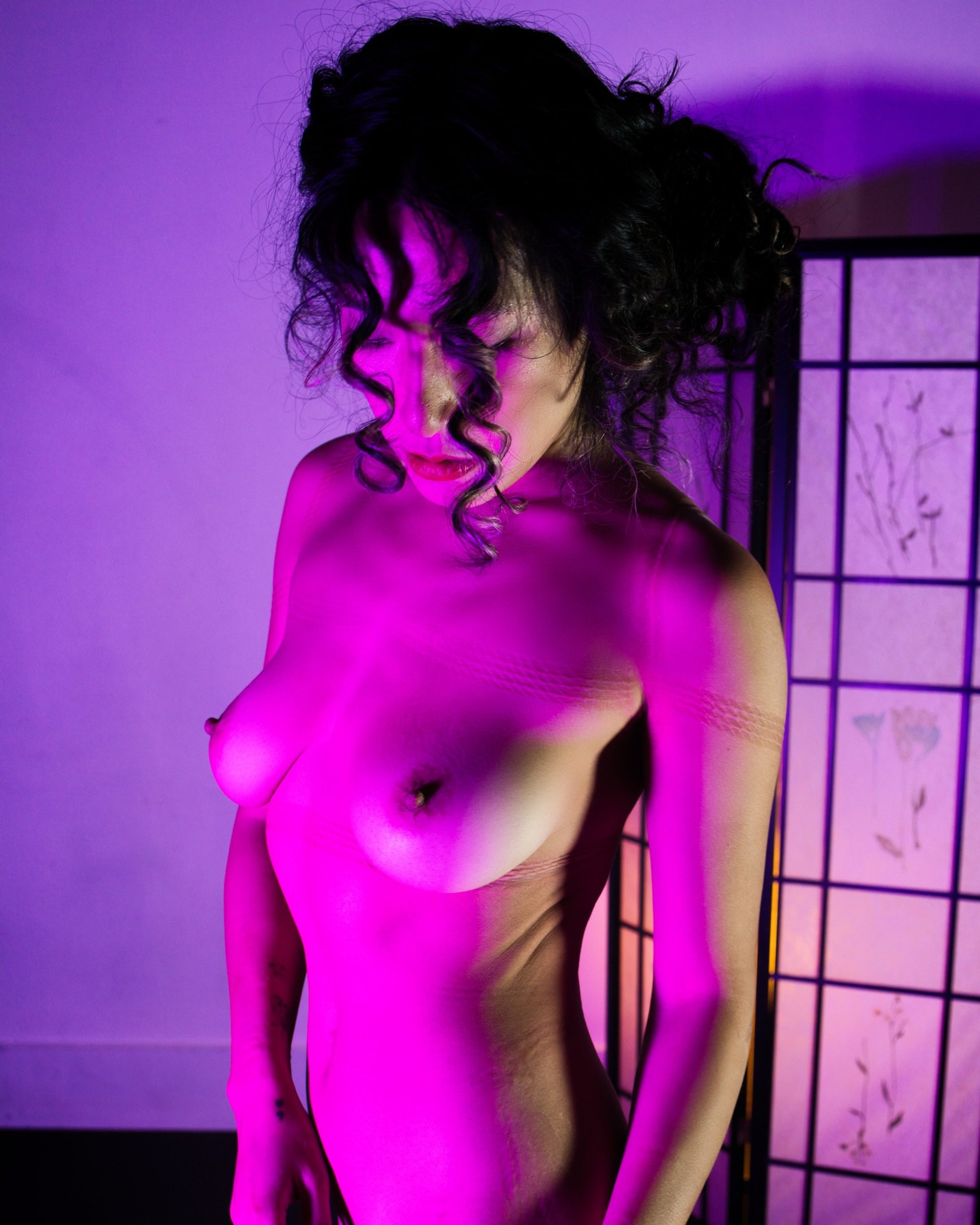
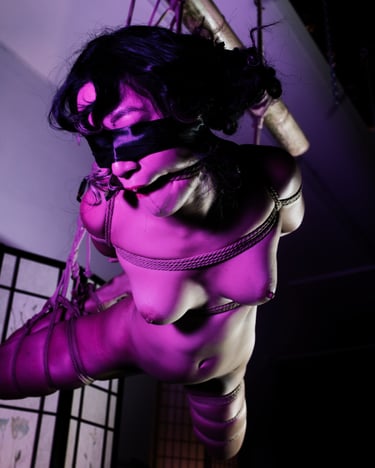
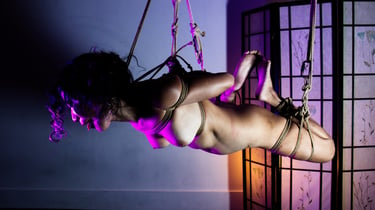
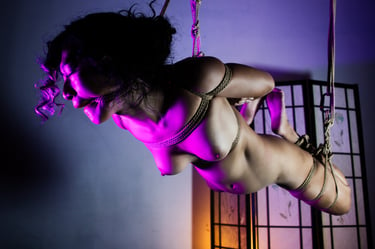
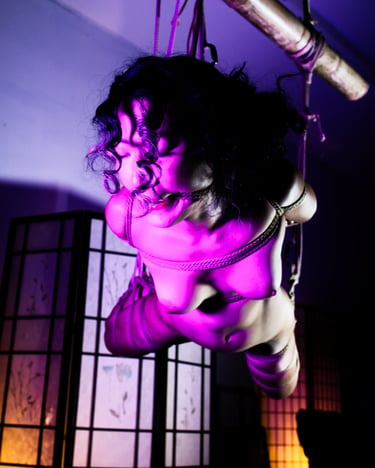
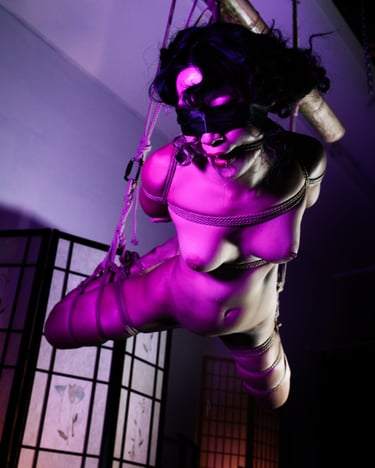
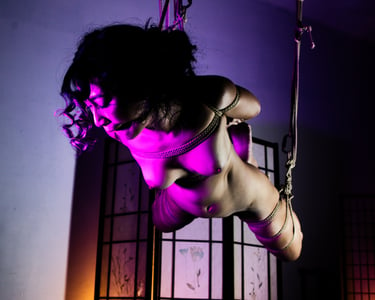
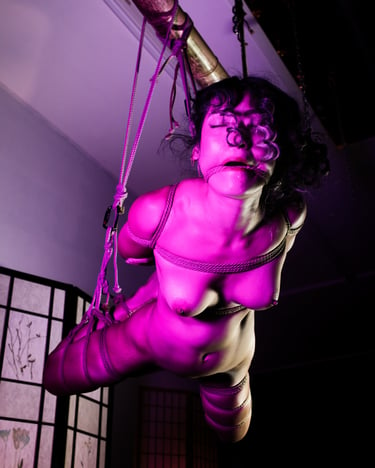









There’s a moment I watch for in every rope scene. It doesn’t come from a pose, a pattern, or a perfectly placed knot. It comes when the person in my ropes lets the performance drop. When the self they show to the world slips away, and what’s left is something quieter. Something more true. The moment they are not just looked at but actually seen. And it’s one of the most intimate things I’ve ever witnessed.
Being seen in rope is different from being displayed. It’s not about putting the body on a pedestal or crafting a spectacle, even if the shapes are beautiful and the setting dramatic. It’s not about the lens or the audience. It’s about presence. About the person inside the tie becoming visible in a way they often aren’t allowed to be. Not to the world, and sometimes not even to themselves.
I’ve worked with models who are entirely comfortable in front of a camera, people who know how to pose, who understand angles, and who have performed a version of beauty their entire lives. But rope doesn’t care about polish. It invites undoing. The longer someone stays in a tie, the more the breath takes over. The more the muscles relax. The more whatever they’ve been holding up begins to fall away. And that’s where the real image lives, not in the shape I created, but in the way they surrendered to it.
To be seen in rope is to be witnessed in a state of deliberate vulnerability. Choosing to remain present in a moment when everything feels tender, raw, and unhidden. That’s what makes it so powerful. The rope doesn’t just wrap the body. It holds the truth of who they are in that moment: their tension, their trust, their longing, their strength.
This is why I never rush to photograph too early in a scene. The tie itself is only part of the story. What I’m waiting for is the moment when the body stops performing and starts simply being. That’s when I raise the camera. That’s when the frame begins to carry weight. Because I’m not capturing a position. I’m bearing witness to presence.
And the truth is, being seen like this is not always comfortable. For some, it’s deeply confronting. They’re not used to being looked at without filters, without roles, without control. Rope can surface things they didn’t expect such as shame, grief, desire, and resistance. But when they choose to stay with it, when they stay in the tie and let themselves be held through the discomfort, what emerges is often profound. I’ve seen people cry, laugh, tremble, or go silent. Not because something was done to them, but because something surfaced through them.
There’s a particular kind of courage in that. Not everyone comes to rope looking for it. Some come simply for the beauty, the thrill, the intensity or even just curiosity. But somewhere along the line, many of them find themselves seen in ways they didn’t know they needed. And when they’re held in that recognition, not judged, not evaluated, but just seen, it becomes something healing.
That recognition doesn’t come from me. It comes from within herself. From looking back at an image days later and realizing: “That’s me. That’s who I am when I’m not trying to be anything else.” Rope doesn’t create that version of a person. It clears the space for it to emerge.
To be seen in rope is not about validation. It’s about revelation. And it’s not something I take lightly. Holding space for someone to be witnessed like that is a responsibility. I don’t ask for it. I wait for it. And when it arrives, I try to meet it with presence, not ego.
Because being seen isn’t about being watched. It’s about being met.